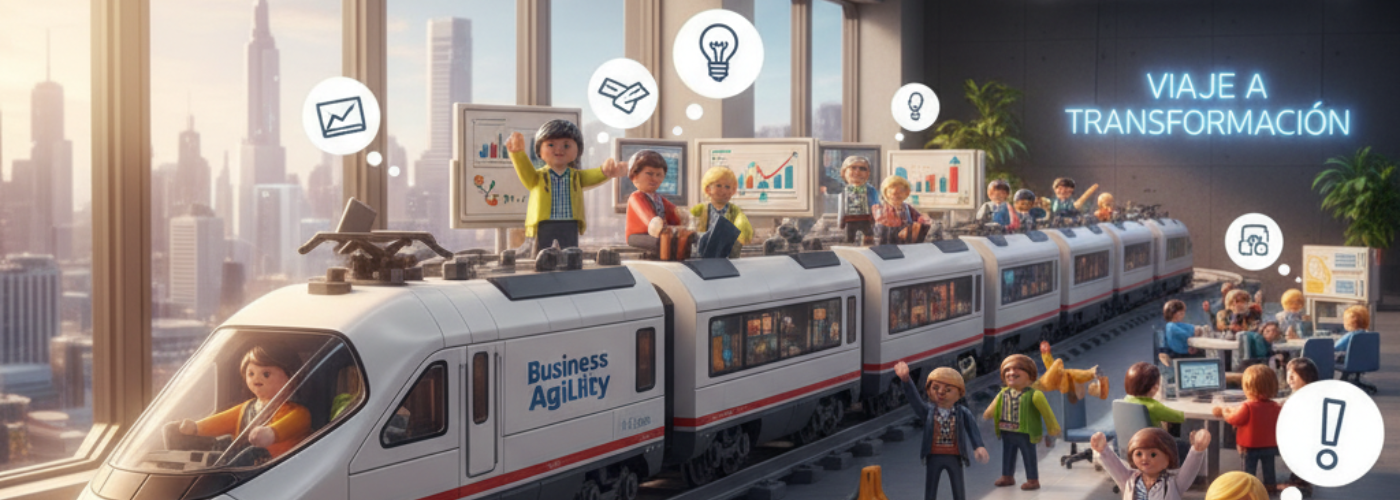As we mentioned in the first article on Business Agility, one of the pillars of Business Agility is the Customer Experience. Although in some contexts it is also called “the voice of the customer”.
We can define the voice of the customer as: the customers’ experience when they interact with our product or service. It also has to do with the memory that stays with them when a person interacts with your brand. That’s why we want the experience to stick with our customers as a memorable one.
Customer experience is the memory that stays with you when you interact with a brand or service.
If you’ve had a memorable experience, why would you look for an alternative?
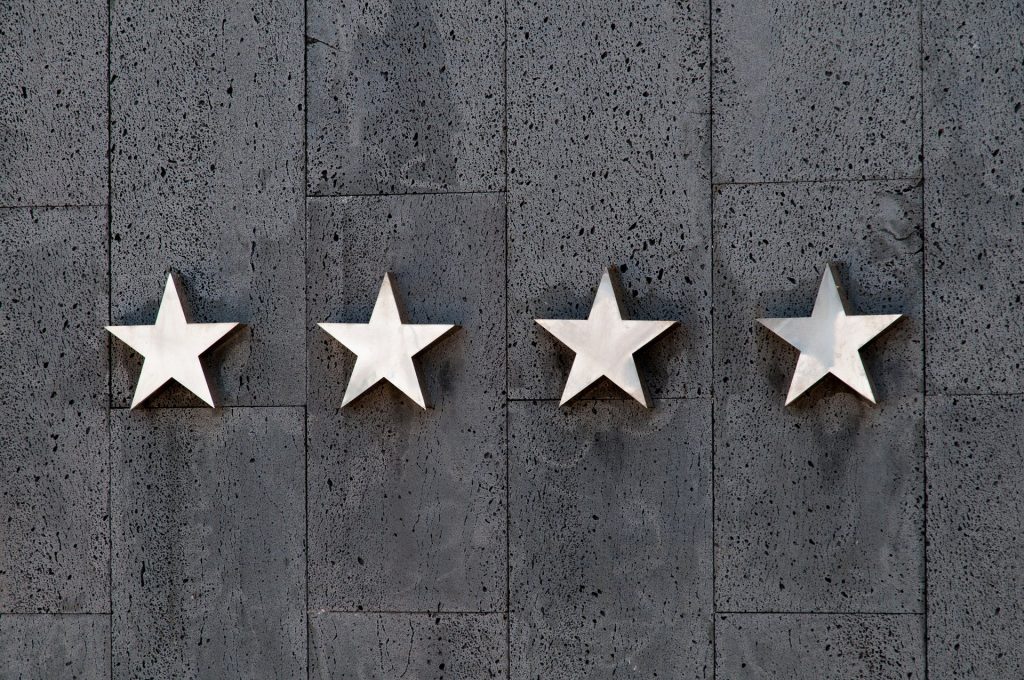
As an example, although I am not a user of this brand, it is clear that more and more users are buying devices from the “apple” brand. What is most representative is that the vast majority repeat the purchase of new devices, why do you repeat Apple? Because you have a spectacular experience! You have something wrong with a device and you contact their customer service. what is the answer? First of all, they give you the reason and then they will do everything possible to resolve.
How is the contact with your customers?
When we purchase a good or service, apart from the product, we all want to have an experience that surprises us in a positive way. This is what is known as the WOW experience. Our customers want to have an incredibly positive experience. This will create a memory about the brand that will last in time and we will get them to repeat with us at other times in the future. Or even that they become promoters of our brand in a disinterested and “unconscious” way.
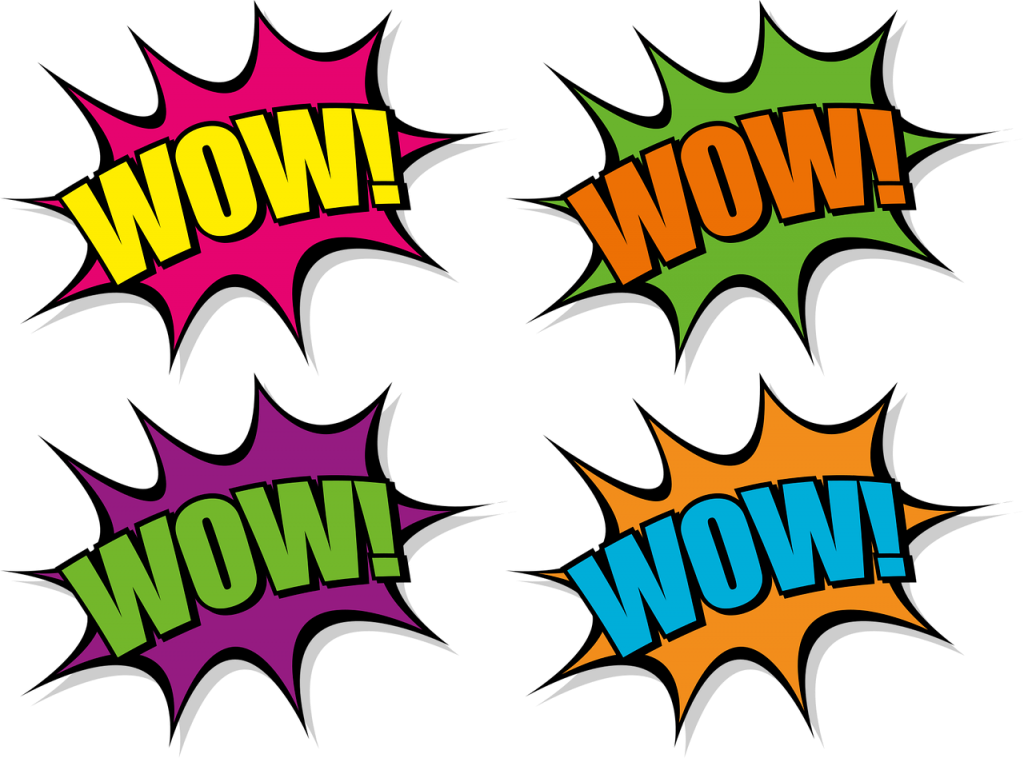
To achieve these WOW experiences, there is one essential element: listening to the customer. We have to develop mechanisms where the customer is asked questions, their answers are listened to and that knowledge is used to improve the future experience.
The goal is to create a differentiating experience that is WOW.
Who is your customer contact?
Customers are a necessary part of every company. Without them, companies have no reason to exist. And when talking about customer experience, we should reflect on who in the company is in contact with our customers.
In many companies, the contact with customers or users is made by workers in the customer service department, also called call centers or contact centers. The people in these departments are key to the experience we want our customers to have.
It is sometimes surprising how these departments have the highest level of turnover and the lowest level of support from the organization.
As in the rest of the organization, but especially in this department:
your employees are the key!
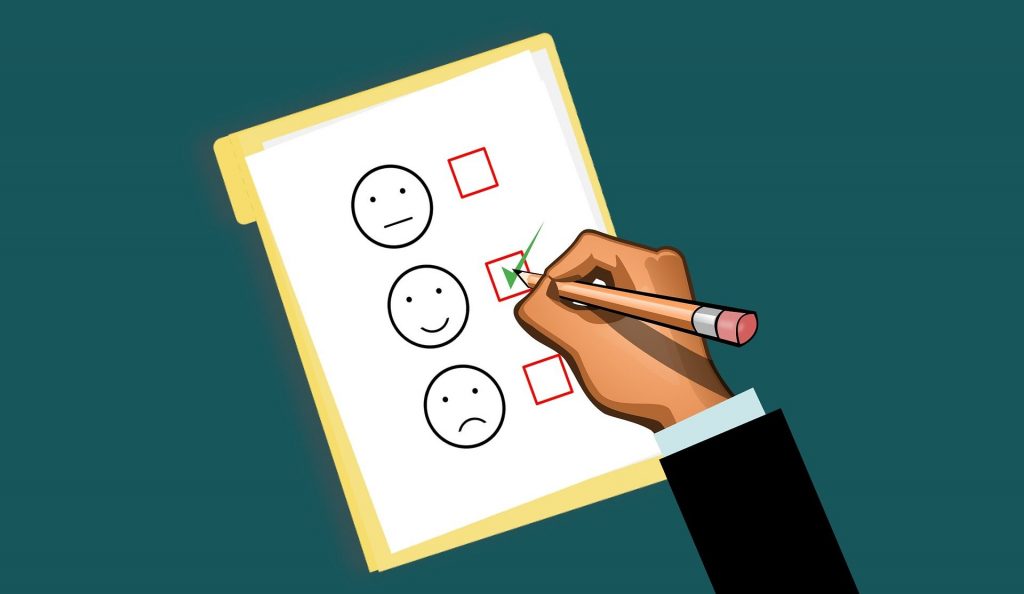
Employee Experience
We must work on developing what is known as Employee Experience: the experience of being an employee of the organization. How do we make the worker experience WOW as well:
- Involving in some way in the dynamics of decision making
- Empowered, providing autonomy in their actions.
- Make you part of the values of the company that wants the customer to be satisfied.
- Giving them the tools to do it.
- Listening to our employees first. First you must demonstrate that you listen to your employee and then he will listen to your customer.
A classic example of a company where they take customer experience very seriously is the shoe company Zappos. Zappos stands out as a company where front-line (customer service) workers are empowered, have maximum autonomy in customer service and this is only possible because there is a clear objective of how the Zappos customer experience should be. There are numerous stories about Zappos on the internet, from a call-center person spending 6 hours with a customer until he solved the problem, another who bought what the customer needed from a competitor because it was not available at his company, or a customer who called requesting a pizza and Zappos delivered it to him (no mention of the cost of the pizza to the end customer). However, all actions carried out by its employees respond to its maxim “people’s happiness”.
There is no customer experience without employee experience.
Customer Experience Tools
For the development of a WOW customer experience we can focus on two elements:
- Feedback
- Customer Journey
Feedback
Feedback from both customers and employees is essential to improve the customer experience. To ensure its usefulness, we have to find ways to collect customer ideas, ask for feedback and then use it.
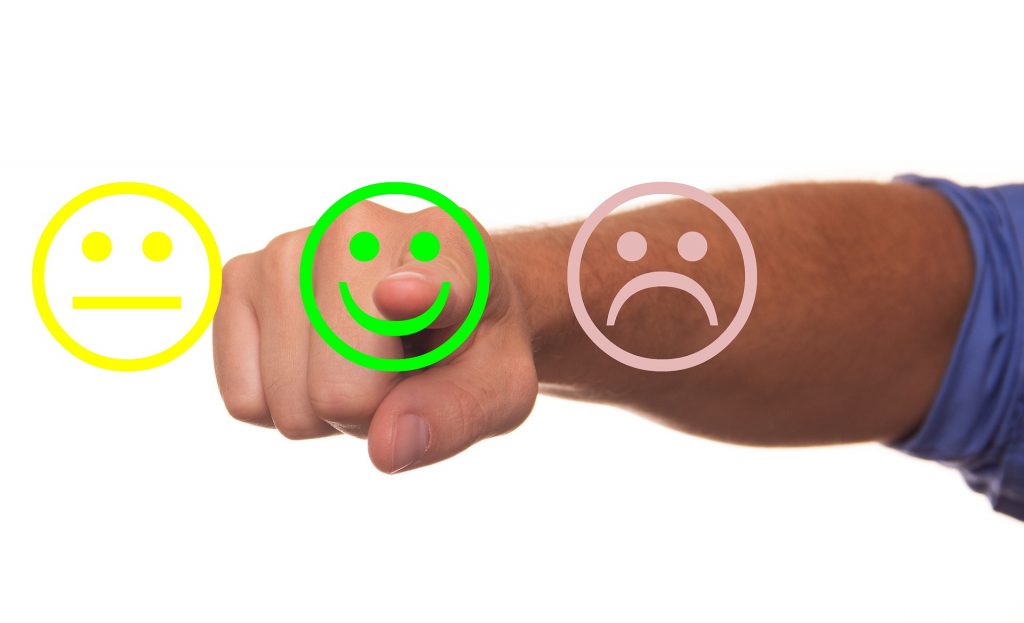
We can differentiate between two types of feedback:
- Quantitative: we ask customers about certain aspects that we are interested in knowing their assessment.
- Qualitative: the client talks to you about his concerns, what he wants to tell you without you asking him about anything in particular.
A good use of our customers’ feedback will be fundamental to offer a WOW experience. Although it must be taken into account that on numerous occasions it can lead us to rethink processes within the company to focus on the customer.
Customer Journey
The Customer Journey is another tool that can help us improve our customers’ experience.
This tool consists of a graphic representation of the entire process that the customer follows in relation to our company, focusing on the points of contact. It serves to represent your experience in each moment, paying attention to what your emotional state is in each moment during that experience.
The customer journey can be used as a basis for improving our customer experience, representing the current state of the customer experience, as well as the different moments of friction.
It can also help us to design the future or desirable customer experience, so we have a vision towards which to develop our customer experience strategy.

The objective of these tools is:
To turn our customers into promoters, who repeat business with us and who also give you clues as to what is not working in our company.
Customer experience metrics
When we talk about metrics and customer experience, what we will be looking for is to connect that improved customer experience with a financial impact on the bottom line of companies. To do so, we should be able to measure the following factors:
- Customer acquisition cost (CAC): the sum of marketing and sales investments divided by the number of customers won in the same period. It is an essential metric for measuring the financial health of a company.
- Churn Rate: is a metric that measures the number of customers and subscribers that have stopped following a company (or have started following it) over a long period of time.
- Lifetime: is a metric that indicates the length of time a customer remains loyal to our company or products.
In the next article of the Business Agility series, we will talk about Agile. There is a lot of extensive literature written about Agile, so I am going to try to offer an efficient vision of what Agile is and its relationship with Business Agility.
Here you can find the previous articles of the Business Agilty series:
Article 1: Agile is dead: long live Business Agility!
Article 2: Is no one going to think about the customer?


